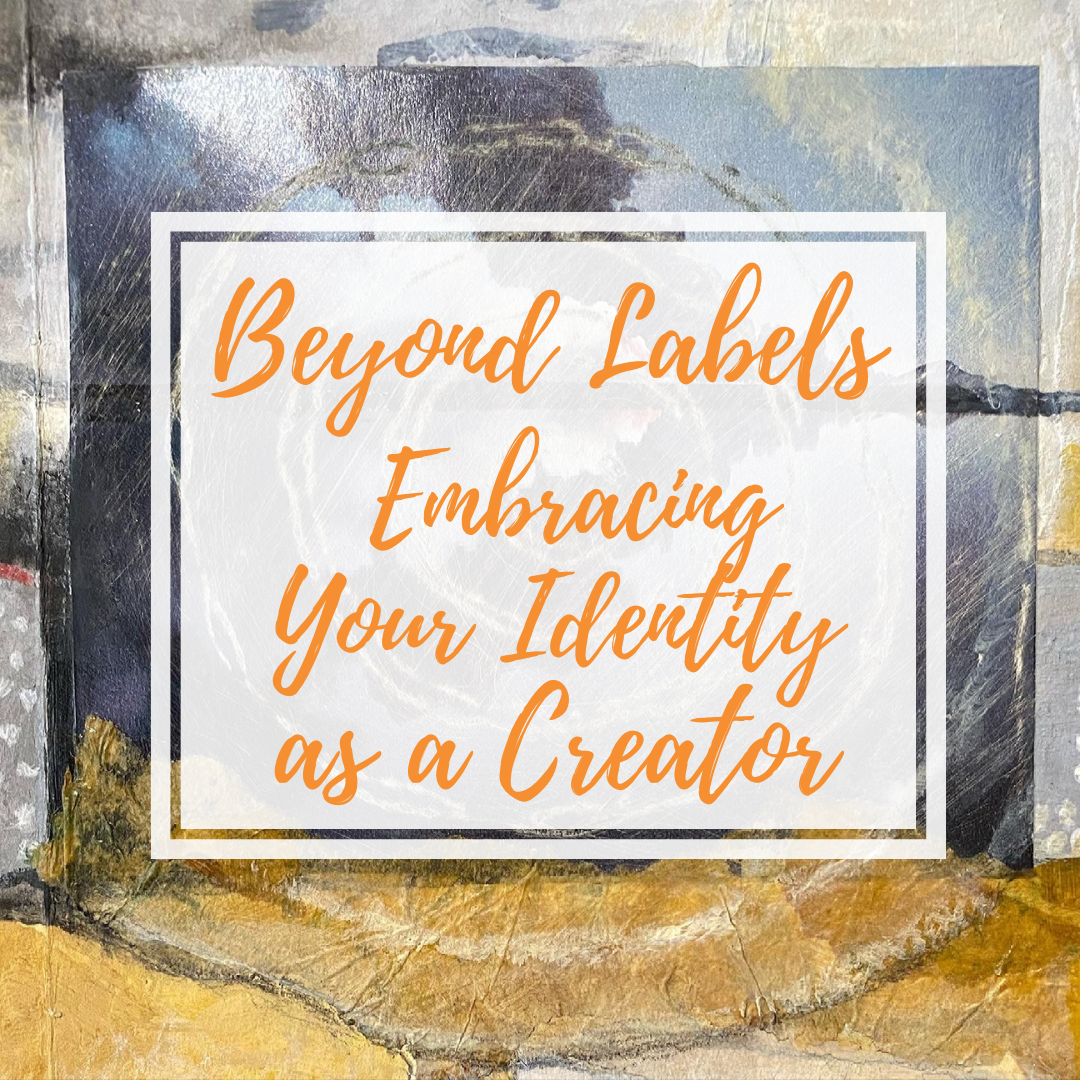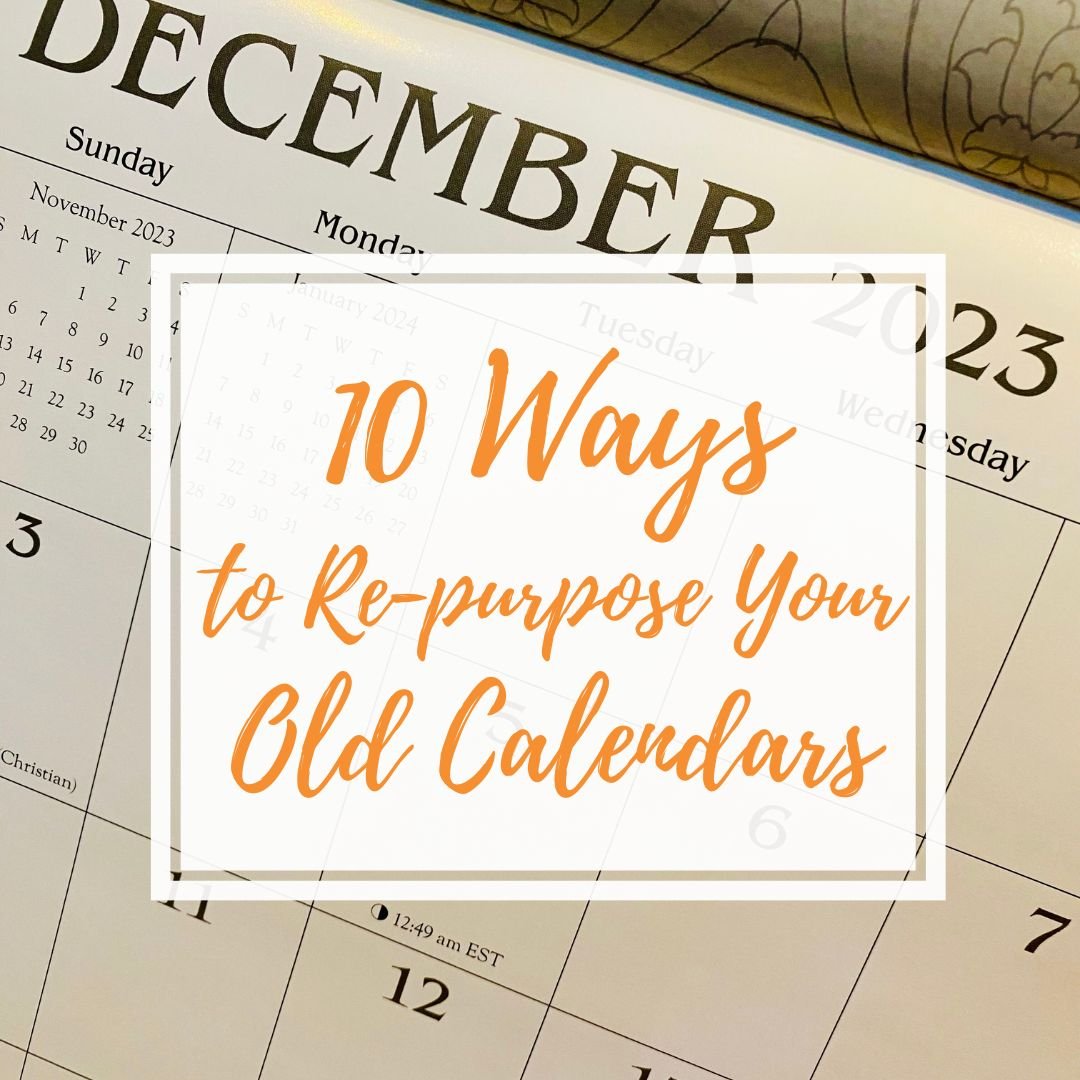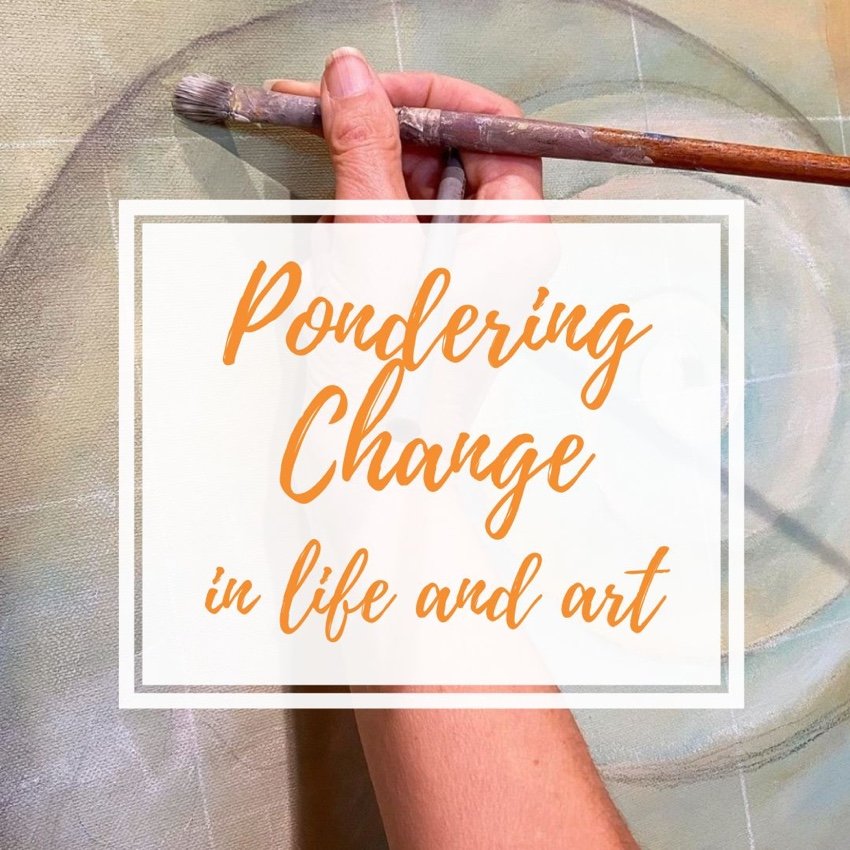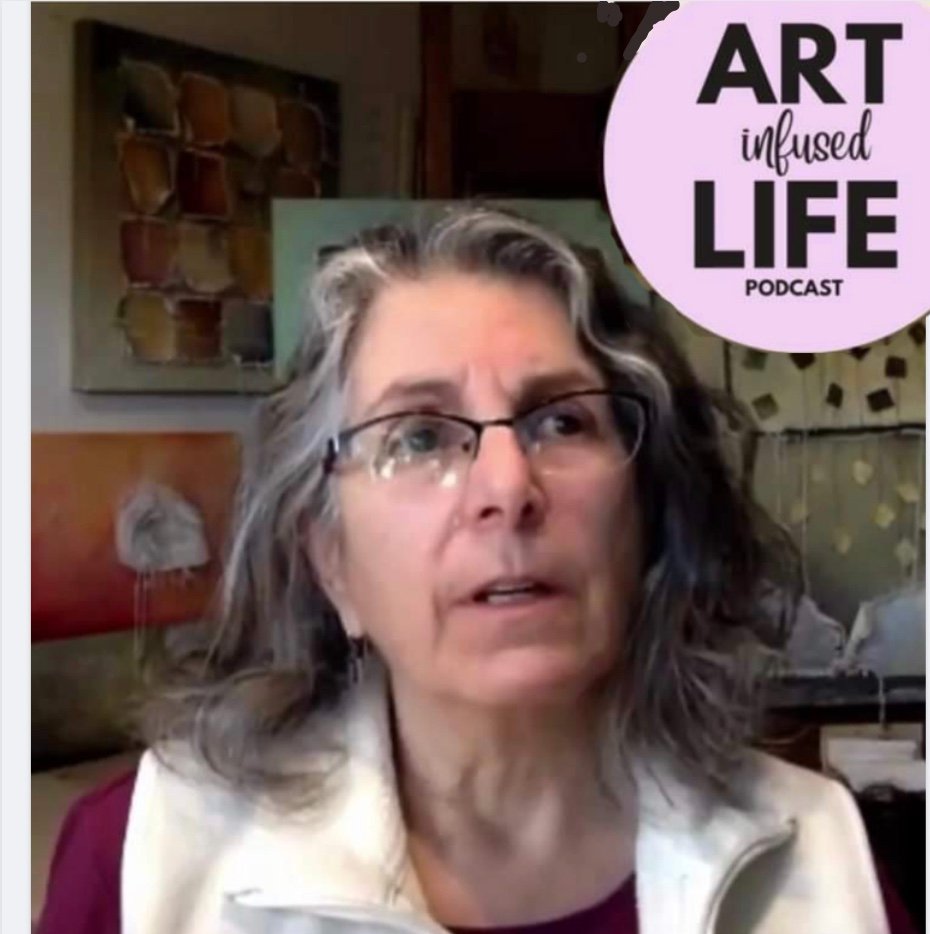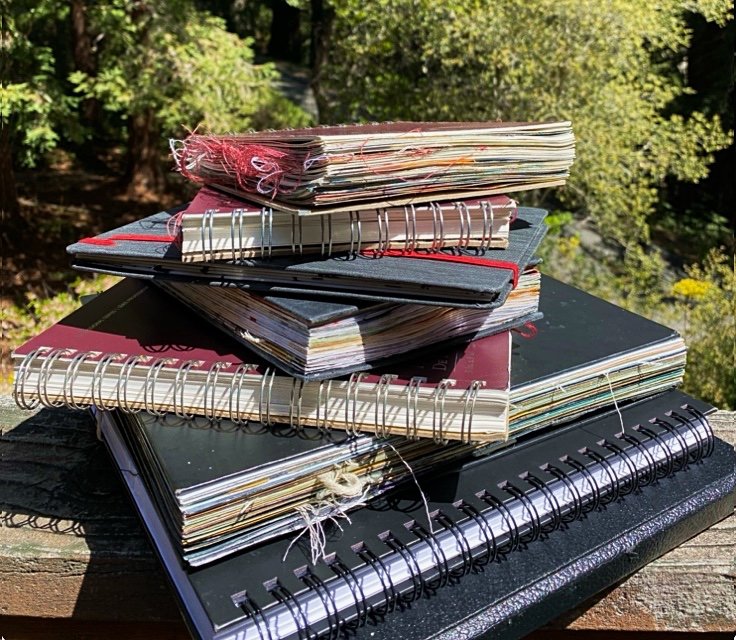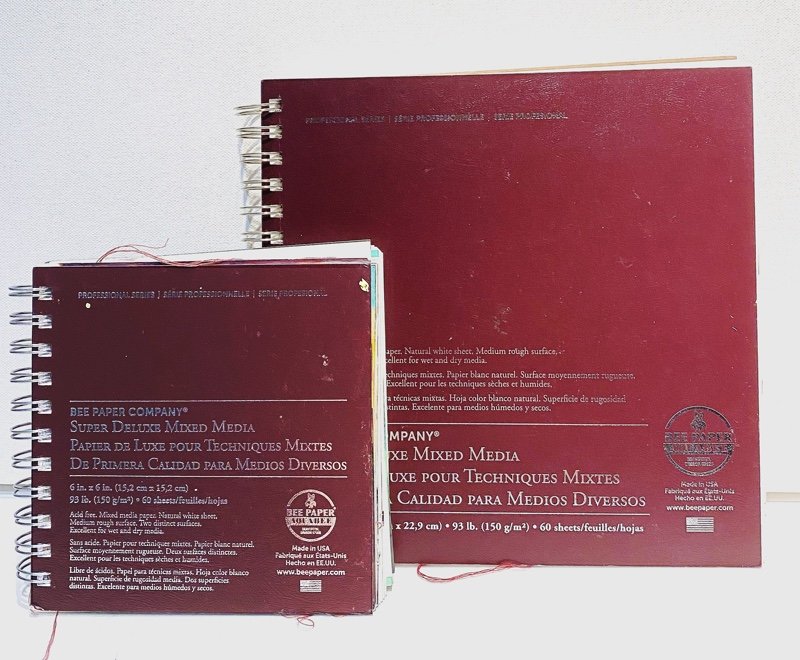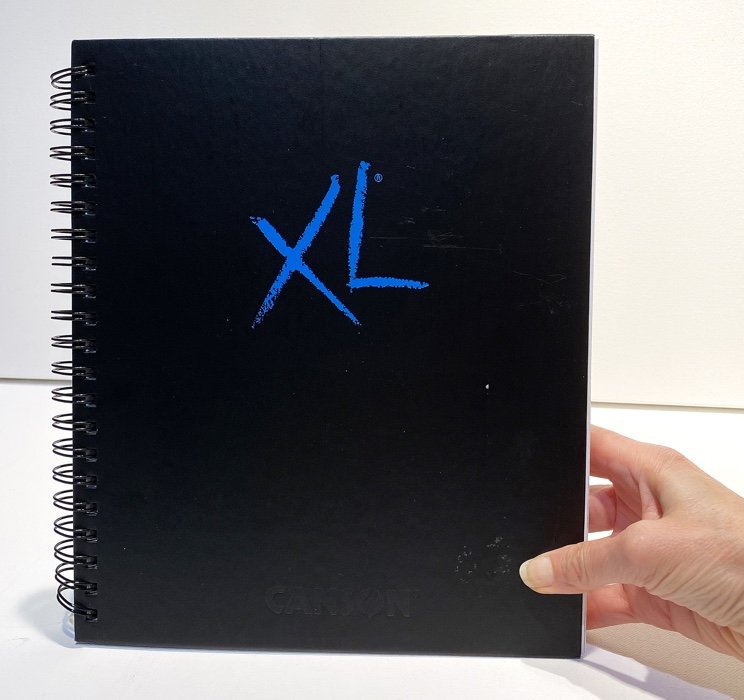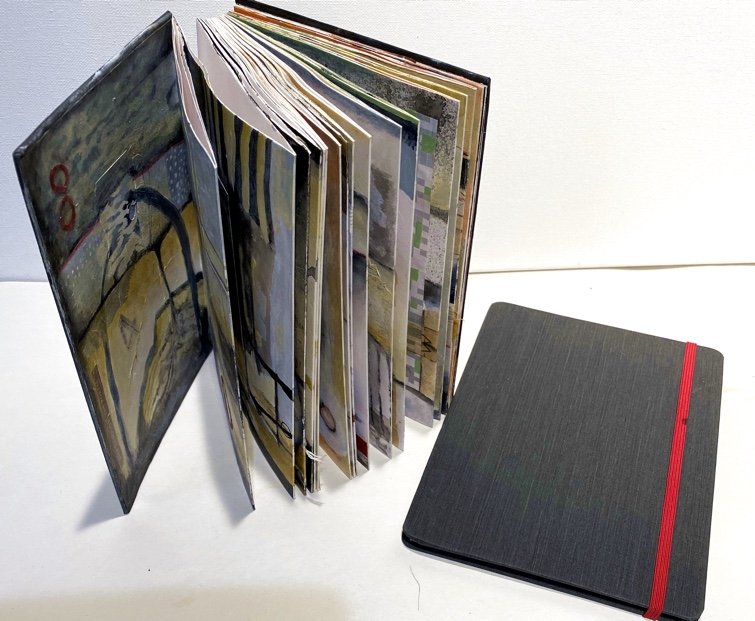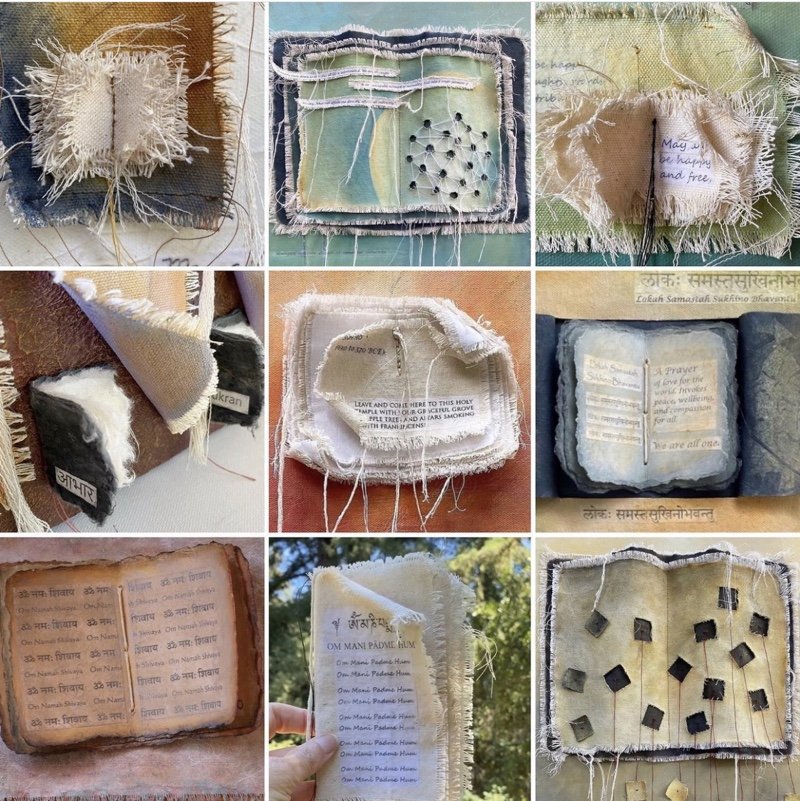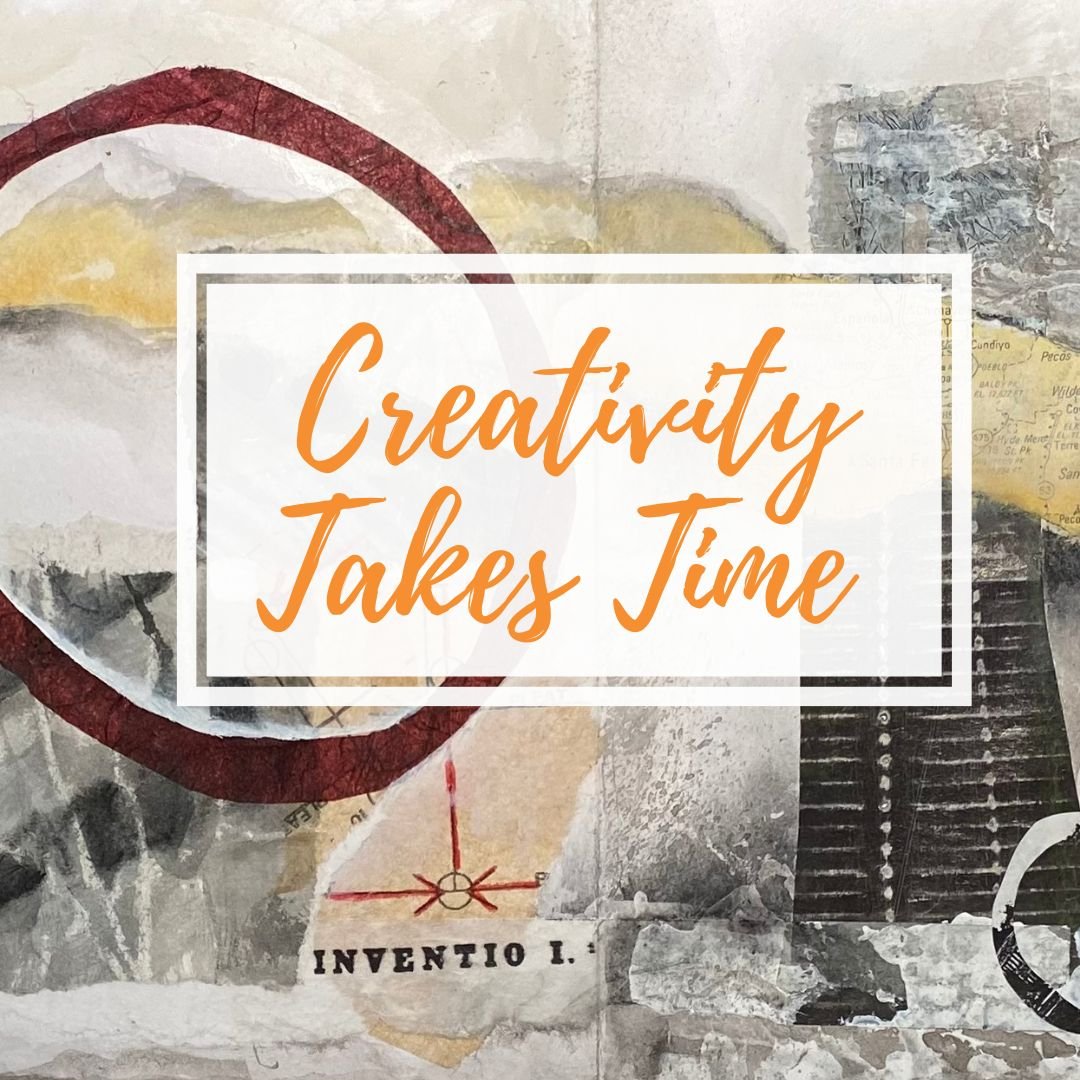Inspired Imagination: We have a powerful creative tool within us that we have access to in any moment, at any time of day. It can be used to shift a mood or belief, take us on a magnificent journey, travel to anywhere we wish, and create any experience we’d like. We have the capacity to create the most magnificent vistas, soar to great heights, and expand our presence beyond any limits of human form. Our imagination is just that… OURS, to use as we choose and create whatever we like. There are no limits except the limits we have chosen to place on ourselves.
Choose to play with what you can create. Give yourself the freedom to create anything through your imagination. What if… the freer you can be in allowing your imaginings, the more likely it is for you to create what you want in your life? What if… the process of imagining is something of an exercise in creating? What if… the more you are able to create with your mind, the more you can believe in your ability to create in life.
Too often we allow our fears to rule our imaginations and end up envisioning our worst case scenarios, as if delving into our fears would help prepare us for unwanted events, outcomes, or experiences. Doesn’t that add to the fear and take us to an inner space we’d prefer not to go? And how does dwelling on fears effect the body? Doesn’t that lead to more tension and stress?
So what if, instead, you turned your imagination toward what you do want, towards positive thoughts, supportive visioning, and inspired ideas? Your freedom to imagine is always available to you. Use it for your joy, exploration, and expansion. It’s a doorway, a portal, to a journey of possibilities. Engage in a sense of wonder… where may these inner excursions lead? What might become possible… if playfully imagined first?
You might also be interested in:
Inspiration: to Spark Creativity
Power of Inspiration: How Music Fuels My Art



